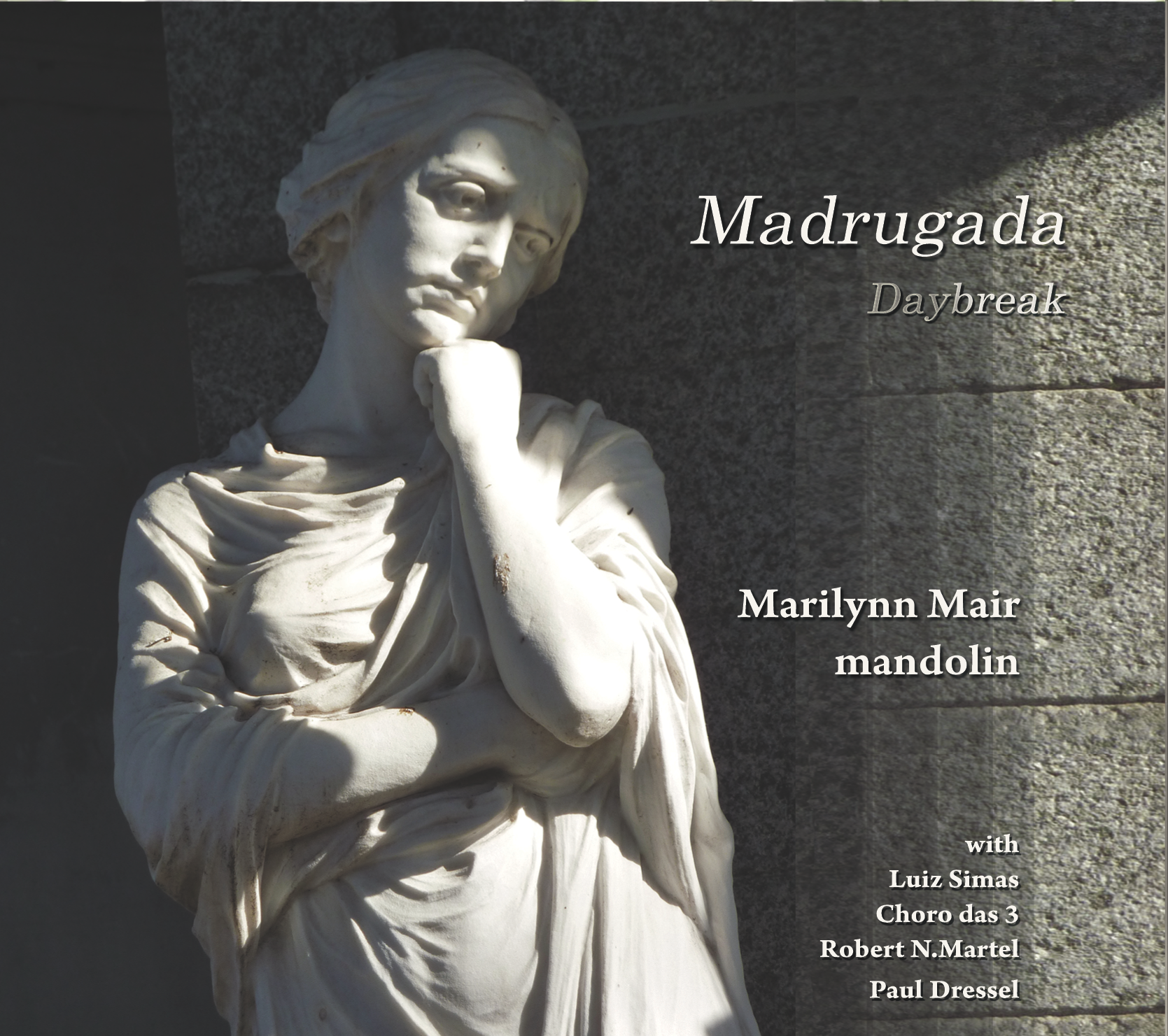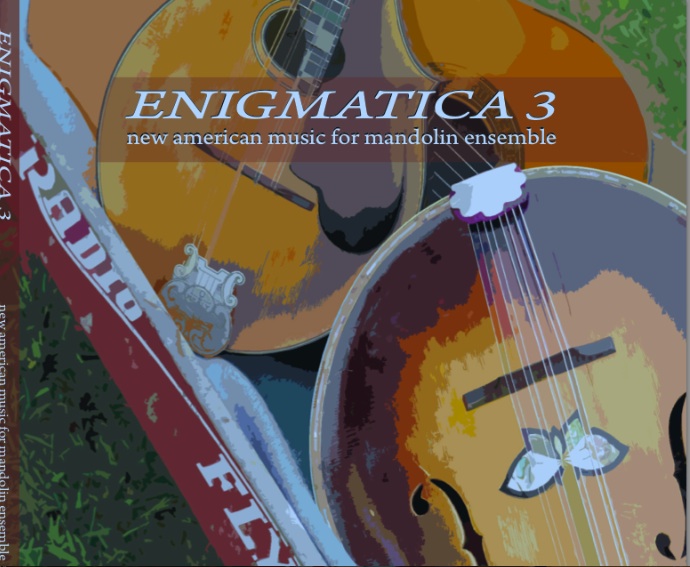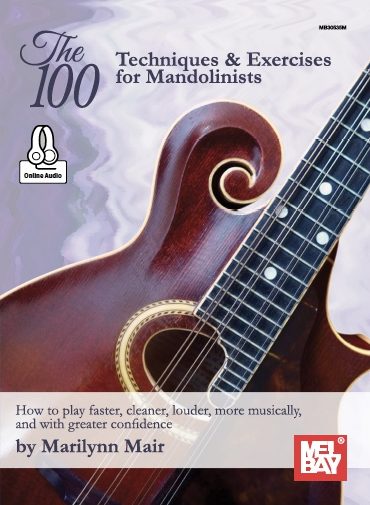Based on an article originally published in “Mandolin Magazine.” Fall 2002.
As I write this article I’ve just closed the books on the 17th annual American Mandolin & Guitar Summer School, AMGuSS, an endeavor dear to my heart, and one that has spanned most of my career as an American classical mandolinist. I direct AMGuSS, and it’s a week dedicated to teaching other mandolinists and guitarists the musical lessons I’ve learned throughout my career. In many ways it’s a karma payback to all those who taught me. Their insights inform my vision as I structure and plan each AMGuSS week. It’s a national forum where I can bring together the music and wisdom of my teachers and mentors, add my own ideas, and pass them on to others continuing the tradition of American classical mandolin.
There’s been a lot of work, but also a lot of luck, in my own path as an American classical mandolinist, and I think it’s important, every once in awhile, to pay tribute to my roots. As a student beginning to study mandolin, I was lucky to live in Providence, Rhode Island, a center for classical mandolin activity for over a century, with a continuing tradition handed down from Guiseppe Pettine, to William Place, to Hibbard Perry, to me and others of my generation. When I looked to Europe to expand my musical horizons, I was lucky to be invited to study with Vincenz Hladky in Vienna, Hugo D’Alton and Jack Duarte in England, and Sigfried Behrend and Takashi Ochi in Germany. They gave me an opportunity to incorporate my American style into a broader historical context, and refresh it with new ideas.
Later, as a performer and recording artist on the international stage, I had opportunities to expand the mandolin repertoire by commissioning and premiering new works, and researching and performing early European manuscripts. And with my concerts and recordings I was able to win respect for the American mandolin and music from North and South America from performers and audiences worldwide.
At AMGuSS I have an annual opportunity to put together everything I’ve learned about plucked strings and share it with other musicians. Each year I know that a group of about 40 players will gather on the campus of Roger Williams University in Bristol, Rhode Island, for a week of musical exploration and discovery. Most of the participants will come from across the United States and Canada, some for the first time, some as an annual pilgrimage. They will come for a number of reasons– technical improvement, musical insights– but mainly because they love to play music for classical mandolin.
It takes me, with the help of some stellar colleagues, most of the year to organize and develop an AMGuSS session. Choosing topics and exercises for technique classes, developing areas of focus for world music seminars, placing students in chamber groups at appropriate levels, and inviting guest artists for a balanced and interesting concert series, all of these are integral to my AMGuSS preparations. But, to my mind, the keystone of the week is choosing the music that will bring all of these students together into one ensemble, as members of the American Mandolin & Guitar Orchestra.
At 40-50 players, AMGO is a big group, but not as overwhelmingly huge as many “en masse” orchestras. Players in this summer’s AMGO came from the whole of North America — Los Angeles to Calgary, Alabama to Vermont, and many places in between. They ranged in age from 15 to 86, and were well distributed between the sections — 1st and 2nd mandolins, mandolas, mandocellos, classical guitars, and a mandobass. One of my great joys at AMGuSS is seeing the reactions of first-timers to the first night’s AMGO rehearsal. Whatever their doubts or questions before they arrive, the first rehearsal quickly immerses them in the AMGuSS spirit. And for those who have never played in an orchestra, the sound of 7 mandocellos soaring up from their lowest notes to carry a lovely tremolo melody creates an instant nirvana.
AMGO players aren’t the only ones who become addicted to the mandolin orchestra sound. The concept of a national orchestra of mandolins and guitars excites curiosity and attracts a crowd. And experiencing a concert of AMGO, seeing this disparate group of players coalesce into a musical whole, is an exhilarating experience for listeners and players alike. There is a rapt audience of fans in New England who eagerly await each year’s concert series, filling every seat in the house.
The American Mandolin & Guitar Orchestra originated at the first AMGuSS session in 1986. Originally it existed only as part of AMGuSS, but last year I decided to continue the orchestra independently. In March, 2002, a group of 25 from throughout the Northeast convened under the baton of conductor Robert Paul Sullivan, to rehearse and perform a stellar program of music ranging from the Italian Baroque to the American 20th century. The experiment was a huge success, and similar events are planned for the upcoming season. Repertoire for AMGO comes from a wide variety of sources. Our concert in June, 2002, included two pieces by Brazilian choro master Jacob do Bandolim, a concerto by contemporary Australian composer Ann Carr Boyd, entitled “Music for an Imaginary Italian Film,” music from Italy and Germany, and a piece from the American mandolin orchestra repertoire of the 1930’s.
To join the American Mandolin & Guitar Orchestra, players first participate in an AMGuSS session, as either a student or a guest artist, and must be able to play their parts with sufficient fluency to pass muster with their section leader. Anyone interested in more information on the American Mandolin & Guitar Orchestra or the American Mandolin & Guitar Summer School should email email hidden; JavaScript is required, or write to:
The American Mandolin & Guitar Summer School
248 Broadlake Road
Colchester, VT 05446




